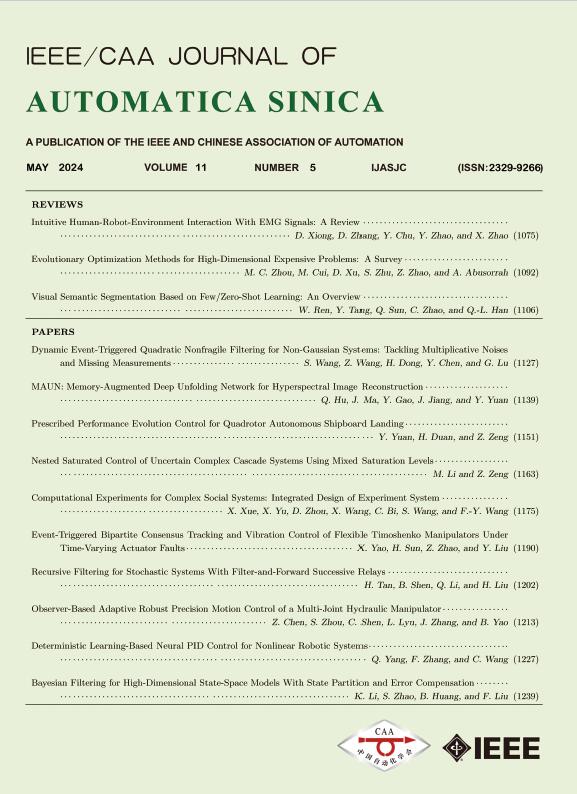Vol. 3, No. 2, 2016
Display Method:
2016, 3(2): 113-120.
Abstract:
2016, 3(2): 121-131.
Abstract:
2016, 3(2): 132-140.
Abstract:
2016, 3(2): 141-148.
Abstract:
2016, 3(2): 147-156.
Abstract:
2016, 3(2): 157-164.
Abstract:
2016, 3(2): 165-173.
Abstract:
2016, 3(2): 174-183.
Abstract:
2016, 3(2): 184-191.
Abstract:
2016, 3(2): 192-202.
Abstract:
2016, 3(2): 203-212.
Abstract:
2016, 3(2): 213-224.
Abstract:
2016, 3(2): 225-232.
Abstract:


 E-mail Alert
E-mail Alert


